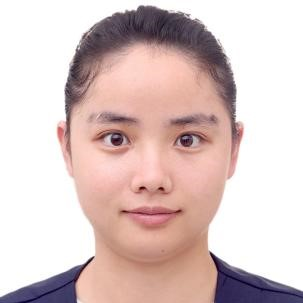Microstructure, Mechanical Properties and Wear Performance of High-Strength Steels
A special issue of Materials (ISSN 1996-1944). This special issue belongs to the section "Metals and Alloys".
Deadline for manuscript submissions: 20 October 2024 | Viewed by 3982
Special Issue Editors
Interests: high-strength steels; microstructure and properties; wear performance; heat treatment; processing
Special Issue Information
Dear Colleagues,
As concerns over low carbon emissions and fuel saving have become more prominent, the development of high/ultra-high strength steels is of great significance. The third generation of advanced high-strength steels, such as nano-structure bainite steel, Q&P steel and medium manganese steel, have been designed to provide an improved combination of strength and ductility and some are increasingly applied in industrial production. Investigations into the microstructure, mechanical properties and wear performance of high-strength steels have been widely conducted. However, advanced high-strength steels still face some challenges. For example, the improvement of mechanical properties normally requires the addition of expensive alloying elements. Going forward, research on the microstructure, mechanical properties and wear performance of high-strength steels should be intensified in order to maximize strength and ductility as well as wear performance and promote industrial production.
Research articles, communications and reviews are all welcome. Topics in this Special Issue may include, but are not limited to:
- optimization of chemical composition;
- new processing technology;
- novel heat treatments;
- microstructural characterization;
- strengthening mechanisms;
- wear mechanisms;
- industrial application.
Prof. Dr. Guang Xu
Dr. Man Liu
Guest Editors
Manuscript Submission Information
Manuscripts should be submitted online at www.mdpi.com by registering and logging in to this website. Once you are registered, click here to go to the submission form. Manuscripts can be submitted until the deadline. All submissions that pass pre-check are peer-reviewed. Accepted papers will be published continuously in the journal (as soon as accepted) and will be listed together on the special issue website. Research articles, review articles as well as short communications are invited. For planned papers, a title and short abstract (about 100 words) can be sent to the Editorial Office for announcement on this website.
Submitted manuscripts should not have been published previously, nor be under consideration for publication elsewhere (except conference proceedings papers). All manuscripts are thoroughly refereed through a single-blind peer-review process. A guide for authors and other relevant information for submission of manuscripts is available on the Instructions for Authors page. Materials is an international peer-reviewed open access semimonthly journal published by MDPI.
Please visit the Instructions for Authors page before submitting a manuscript. The Article Processing Charge (APC) for publication in this open access journal is 2600 CHF (Swiss Francs). Submitted papers should be well formatted and use good English. Authors may use MDPI's English editing service prior to publication or during author revisions.
Keywords
- mechanical property
- wear performance
- microstructure
- heat treatments
- numerical simulation
- application







